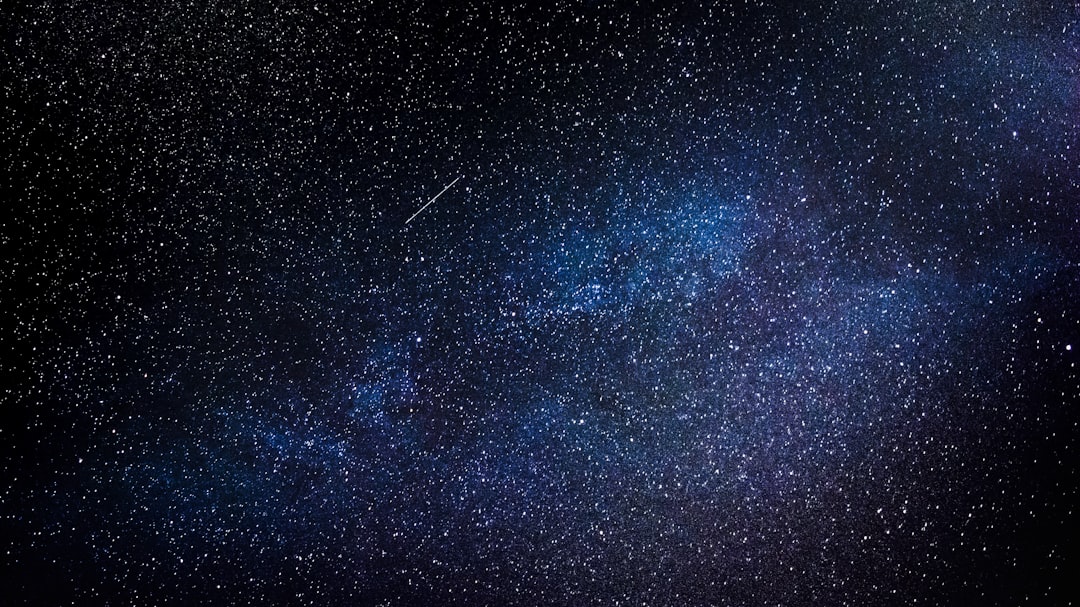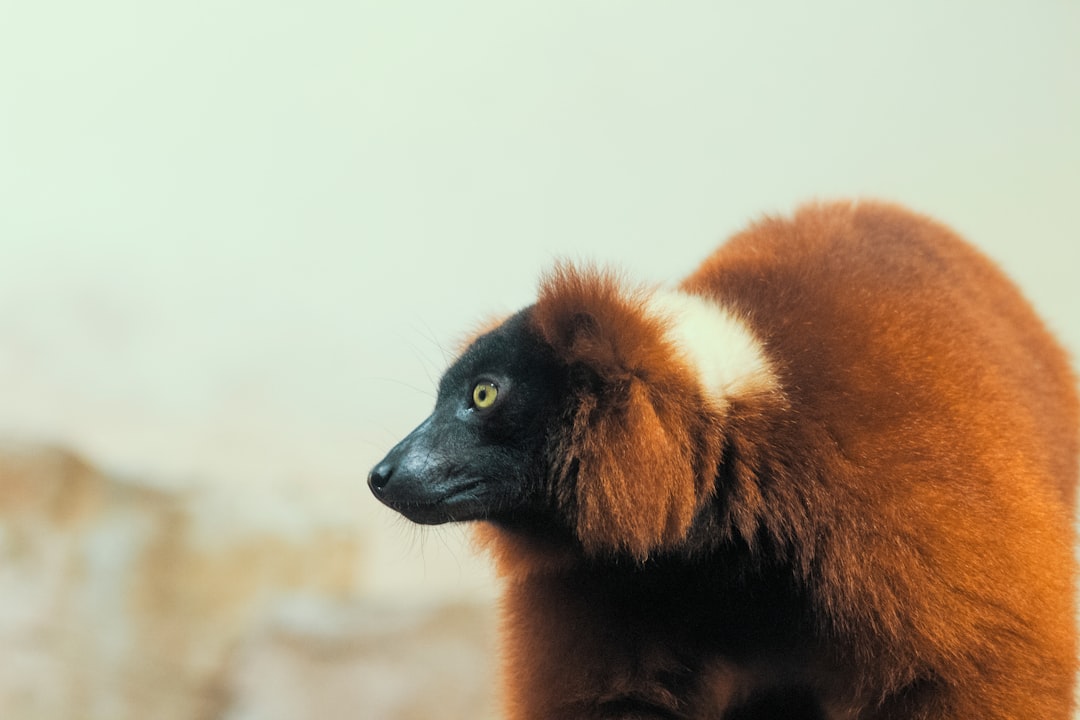What is it about?
This scientific article looks at the fascinating world of halophilic micro-organisms, tiny life forms capable of surviving in the ultra-salty environment of brine inclusions inside salt crystals. We have noticed that some salt crystals change color because they contain these unique micro-organisms. However, understanding how these organisms manage to survive in such conditions at the molecular level remains a mystery. For the first time, this study effectively isolates proteins from these brine inclusions, helping to shed light on the molecular changes undergone by these organisms. Essentially, these microorganisms appear to enter a low-activity, almost hibernation-like mode, to survive in these harsh conditions. The study paves the way for future research to better understand these intriguing life forms and how they adapt to extreme environments.
Featured Image

Photo by Emily Bernal on Unsplash
Why is it important?
This article is of great importance as it fills a long-standing gap in knowledge concerning the survival mechanisms of halophilic microorganisms in the ultra-salty brine inclusions of salt crystals. Previously, observation of these microorganisms at the molecular level was difficult due to the technical difficulties encountered in isolating proteins from these inclusions. This research, using a novel approach, overcame these difficulties, setting a precedent for future studies. The results of the study reveal that these organisms enter a state of low activity or "semi-dormancy", a revelation that enhances our understanding of microbial survival under extreme conditions. Furthermore, this study is timely, because as we push the boundaries in fields such as astrobiology, it is essential to understand extremophiles (organisms that thrive in extreme conditions). The methodologies and insights presented in this article not only deepen our understanding of life on Earth, but also enhance the potential for identifying life or similar processes on other planets or celestial bodies with similar extreme conditions. The originality of this work lies in its pioneering methodologies, its focus on a model organism (Halobacterium salinarum) and its wider implications for research into terrestrial and extraterrestrial life.
Perspectives
The revelation that H. salinarum cells potentially enter a state of "semi-dormancy" opens a window on microbial survival strategies, drawing parallels with other low-energy environments and evoking questions about the nature of "persistent" cells. Further exploration of proteomic changes in H. salinarum under various conditions could help decipher the specific acclimation pathways employed in halite brine inclusions. The duration of cell viability in these inclusions is another captivating mystery, a subject that lends itself well to longitudinal study. The metabolic waste accumulated in halite brine inclusions and its impact on cell viability is another rich area of study, enabling us to investigate the dynamics of cellular waste management under extreme conditions. Given the successful methodologies presented, wz are now well equipped to probe the biomolecules of microorganisms present in natural halite inclusions, thus broadening the scope of microbial studies in such environments. In addition, the proteomic data collected can serve as a catalyst for functional analyses, particularly with regard to cellular activities in these hypersaline conditions. Beyond the field of microbial survival, the techniques developed for protein extraction can find applications in diverse fields such as environmental sciences or even astrobiology. Overall, this pioneering research not only addresses questions of survival in halophilic microorganisms, but also paves the way for a plethora of consequent studies in the wider scientific community.
Dr Thierry Dufour
Read the Original
This page is a summary of: Molecular acclimation of Halobacterium salinarum to halite brine inclusions, Frontiers in Microbiology, January 2023, Frontiers,
DOI: 10.3389/fmicb.2022.1075274.
You can read the full text:
Contributors
The following have contributed to this page










